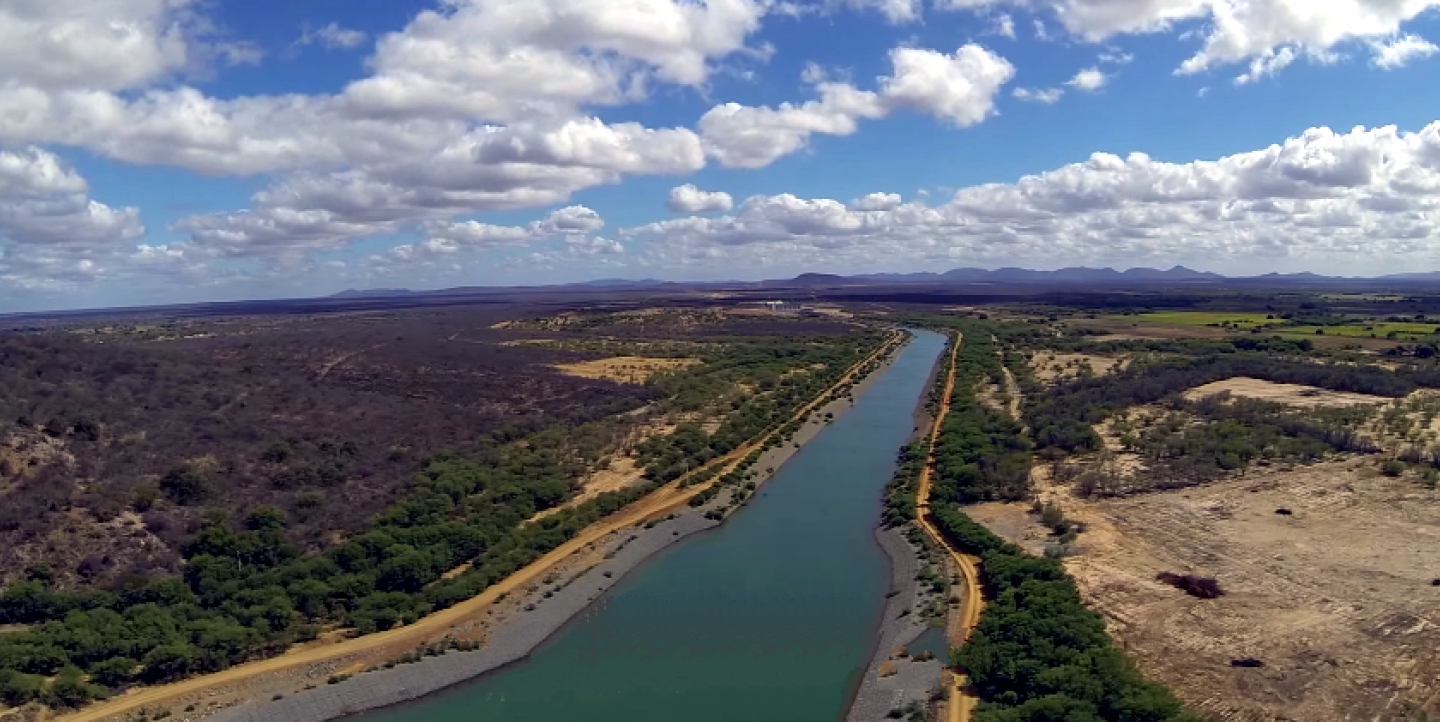Updated at 12:01 p.m. on June 7, 2018
Today, there is no doubt that stories on climate change should be told — both journalists and scientists agree on that. Yet climate change remains one of the most challenging beats to cover. The most recent scientific data is often not accessible to journalists, and it can be hard to choose the right experts and characters to include in one’s stories.
360° video can be a great way to tell such stories, since they offer more engagement and immersion for the audience. Two such 360° video stories about climate change were presented this year at the Global Editors Network Summit in Lisbon.
IJNet spoke with the journalists behind them: Flavia Martins y Miguel from Brazilian broadcaster Portal R7 Minas and Sonia Narang from Public Radio International (PRI).
Both stories were developed with the help of the Lookout Station, a project by the Global Editors Network and the European Forest Institute, which brings together journalists who want to tell stories about climate change and scientists who have stories to tell.
This year, Lookout Station ran a six-month accelerator for journalists who want to make 360° videos about climate change, but have not made them before. Twelve journalists from around the world were invited to a two-day course in Finland to learn the basics, then they were put in touch with experienced virtual reality (VR) journalists from different newsrooms that they stayed in touch with throughout their work on the stories.
Martins y Miguel worked on a story about the São Francisco river, one of Brazil’s major rivers that is running low because of a seven-year drought.
To Martins y Miguel, who has worked with documentaries and video reports before, the main advantage of 360° video is that it allows the viewer to engage with the characters in the story, and to have much more control over the narrative — looking wherever he/she wants, not just where the camera is pointing.
Martins y Miguel’s story is centered around talking to the fishermen whose lives are drastically affected by the lack of water in their river.
“The hardest part was to give up control of the interview because you cannot be there talking to the interviewee. You just tell him the questions, then go away, hide,” she said. “We interviewed the fishermen first, then just put the camera on the boat, and they went off fishing for half an hour...I only got my material when I was at the hotel [that] night, and I could not tell, until then, if it’s good or not.”
Narang has a similar impression: 360° video allows for more engagement from viewers, but it takes away control from the videographer. It’s impossible to zoom-in and out, and there are no close-ups with 360° video.
For her, the Lookout 360 program was an intense learning experience. “It really pushed me to try new things — things I wouldn’t try on my own.”
Narang’s story, which shows the life of a Navajo family in Arizona, was recently published on PRI.
Both journalists — as well as their mentor, Thomas Seymat from Euronews.com — said that 360° video is cheap to produce; all one needs is a small 360° camera, a couple of memory cards, a tripod and a sound recorder.
They also agree that the best 360° stories are centered on the characters.
“Ideally, you would find a strong character, someone who your viewers would want to learn about and who is comfortable in front of the camera,” Narang said. “In my case, I also had the benefit of the beautiful nature — it’s beautiful in Arizona.”
To Portal R7, the 360° story didn’t bring many new readers, but it definitely generated more feedback and attracted more comments than usual.
“People said they were crying when they watched our story,” said Martins y Miguel. Her newsroom is planning to produce more 360° stories, and she’s planning to film in Mariana, a city that has been buried under mud after a dam burst in 2015, one of the biggest natural disasters in Brazil.
Narang said she plans to continue covering stories of climate change. Her video was widely shared on social media, and generated more feedback than usual. Ideally, she would like to continue telling the stories of Native Americans who have been affected by climate change since their communities are often ignored by the mainstream media and are adapting and finding solutions to climate change in unique ways.
Main image CC-licensed by Wikimedia.

